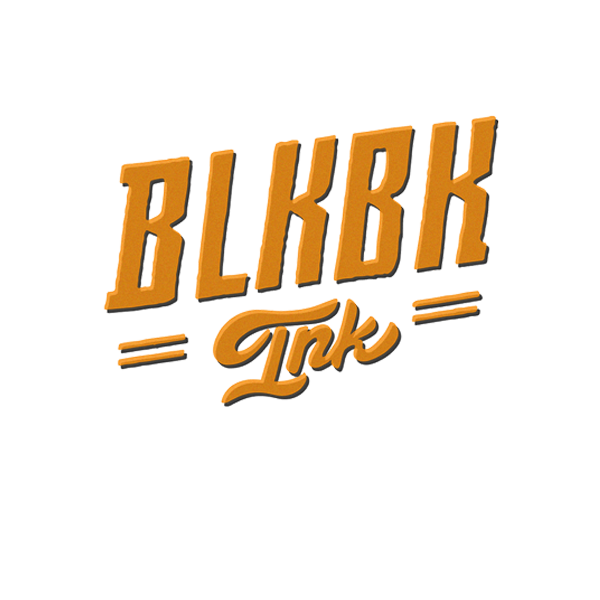How spray paint put letters on another level
American GIs in WW2’s Pacific theatre faced a prickly problem: mosquitoes. These were no mere nuisance. Mosquitoes carried malaria—another thing on the list of everything that was trying to kill the soldiers. If they wanted to live to die fighting the enemy, they had to do something about the mosquitoes.
Two entomologists, Lyle Goodhue and William Sullivan, came up with a solution. True to the times, it was a weapon: the bug bomb.
A few decades later, kids back in America were bombing trains and buildings with the same technology. But these weren’t domestic terrorists—they were writers. Their writing instrument was spray paint, and they were taking letters to all new places.
From bombing bugs to bombing the system
The bug bomb was a metal can, containing a liquefied gas and some good-old-fashioned poison. Opening the can let the liquefied gas vaporize and flow out of the can, carrying that poison with it. American GIs used it to fumigate enclosed spaces like tents and vehicles, reliably killing whatever malaria-carrying mosquitoes lurked inside.

These were useful devices, and soldiers returning from the war brought them with. Over the following years, aerosol cans would take on two innovations that would see their uses grow well beyond purveying poison.
The first was Robert Abplanalp’s crimp-on valve. This allowed users to open the can and release its contents simply by pressing on the valve; it closed automatically when they released it. This made the aerosol can useful for spraying all kinds of things: hairspray, adhesives, whipped cream, cheese, foam... and paint.

Making paint spray
In 1949, Ed Seymour developed an aluminum paint for steam radiators. This was a good idea—aluminum is conductive; an aluminum paint coating wouldn’t impede the ability of a radiator to give off heat. Plus, it oxidizes quickly, forming a hard, white coating, rather than the flaky, red-brown of rusty iron.
Radiators are notoriously difficult to paint. To release heat efficiently into the air, radiators maximize surface area. This needs many overlapping surfaces, most blocking each other from easy paintbrush access. Seymour wanted to show off his paint, but he couldn’t afford to spend hours painting radiators for every prospective client. His wife, Bonnie, suggested the solution: put the paint in an aerosol can.
That’s exactly what Ed did. It worked perfectly—in fact, his clients barely cared about his aluminum paint when they saw his novel spray can. That’s what they wanted.

Ed pivoted his business to manufacturing spray paint. Seymour Paint, by the way, is still going strong.
Seymour’s spray paint was a boon to painters trying to coat tough-to-reach spots. On top of that benefit, spray paint delivered a smooth finish, while still being applicable to rough surfaces. For sign painters trying to recreate flowing Spencerian Cursive lettering on brick walls, spray paint was a revelation.
And that wasn’t the end of spray paint’s advantages. A spray can was light and easily portable. In the right hands—with a strong grip, a good sense of balance, and unshakable courage—there was no limit to where spray paint could go. Even the law, it turned out, couldn’t stop writers from taking their message to any surface, anywhere.
Spray paint and new frontiers for letters
When we first wrote about graffiti in Letters, we started with Pompeii, and moved on to A-No. 1’s moniker carved into the side of Yerba Buena Island. This was a story of different standards. Pre- and post-industrial societies differ on access to writing media and ideas about property. Writing on walls, therefore, changed from being a normal activity, to a subversive act reserved for societal outcasts.
With the advent of spray paint, we begin a new series, within a series, all about graffiti in the late-20th century. Starting in the 1960s, everything that was true of graffiti at the end of the 19th century remains true—writing graffiti is illegal, it’s the activity of those excluded from mainstream society, it’s the assertion of the person in an impersonal world—but now the writers aren’t scratching their names in sewer pipes with nails. Now, their names come in technicolor, on every surface, in every city. Authority is subverted. Style is ascendant.
This is the story of Cornbread and Taki 183; of LA, Philly, New York, Sau Paulo, Berlin; of gangs and empires; of wild styles and 4 elements; about what it means to own anything, about everything in reach, about the end of history.
It all started with Old English printing.
